Little Brother Rare Steiff Tucky Turkey Bird ID
$199.00 Original price was: $199.00.$96.99Current price is: $96.99.
- Quality You Can Count On
- 100% High-Quality Guarantee
- 7 days free returns
- We take quality seriously.

I often start my descriptions by noting how cute or how sweet a Steiff critter is. Unfortunately, I cannot do that with Tucky. 😉 He is UGLY! On the other hand, the thing Steiff is so famous for is their realistic renditions of animals. On that score, Tucky is an example of Steiff design at its finest.
Tucky is the smaller of two brothers, who was made in two series—1952 to 1958, with article number 1310,0, and again, after a two-year hiatus, for only one additional year, 1961, with article number 1310,00. I wonder what happened. I presume Steiff perceived a continued interest in Tucky after the first production ended, so they brought him back. Maybe his return was not as popular as Steiff anticipated. In any case, Tucky is rare, and now, more than 50 years after he LAST appeared, you can adopt him. Because Tucky’s button is not anchoring a flag with an article number printed on it, I don’t know which series he came from. I don’t think it matters, but Tucky could be more than 70 years old.
The ”10” in either of Tucky’s possible article numbers indicates his height in centimeters. He is almost exactly in accord with the catalogue at approximately 4 inches high. Of course, you will want to include enough space for his tail, so you should have a vertical display area about 5 inches high.
You now know something about Tucky’s general history, and now I will tell you about this guy. I mentioned his button, so I will start with that. As you can see in my fifth composite image, although both prongs of his button pierce his left wing, the one on the lower left did not quite make it all the way through. That is because the prongs were not aimed correctly and that left prong started to close before it fully entered Tucky’s felt wing. That is something that happens quite frequently, especially when a button is being attached to felt. Even the partially-attached prong made it through enough felt to be able to curl into the “grabbing” position. And, of course, you can see that the other prong is all the way through the felt and fully and tightly folded over. There is no question in my mind about the security of his button, and, like so many other things that don’t quite go as intended, they are left as they are and taken with the animal when it leaves the factory.
Actually, there is one more thing about Tucky’s wings that the person putting him together did not get quite right. I am referring to the fact Tucky’s left wing is bigger than and longer than his right wing. The disparity starts at the mohair tops of his wings, which, I guess, you can think of them as “shoulders.” The actual LENGTHS of the two the two segments—the mohair tops and the felt bottoms—of each wing are the same. However, Tucky’s left shoulder starts much lower on his side than his right shoulder, and that means that the felt part of that wing is much lower. This is a common problem with Tuckys; one of the two brothers in my vitrine has a similar physique. 😉
OK, I have told you about Tucky’s factory-caused condition issues, neither of which plays any role in my assessment of his condition. He does have a few post-factory issues, but those are not enough for me to want to say that his condition is anything worse than good-plus—and I am the first to admit I am conservative with my ratings.
Tucky’s brown-lacquered metal legs and feet have paint loss and a bit of rust. The worst of this is on the underside of his feet and out of view, A positive thing I want to note about his legs and feet is that Tucky’s stance is stable, with no raised toes and, therefore, no rocking.
There is a tiny brown stain on each side of the white tip of the scallop of the wing segment that is just to the right of center when Tucky faces you and just to the left of center when his back is to you. I am sure that both of those tiny brown “dots” are part of the same original stain substance (which may be cleanable; I didn’t try because they are so trivial), and neither dot does much, if anything, to negate his visual appeal. It is quite possible that if I had not brought them to your attention with my tiny arrows, you might have missed them.
Continuing with my nitpicking, the red velveteen covering of Tucky’s head and neck is both faded and worn, but even the color that remains is very nice. Also very nice are the blue areas surrounding each of Tucky’s black glass eyes.
Now that I have come to the topic of color, I will point out how nice the airbrushed colors are on Tucky’s mohair. The strong greens are particularly noteworthy, but the browns are nice too. Speaking of browns, I should go back to his scalloped felt wings. I did point out the tiny stains to you, but I failed to mention that the airbrushing on the felt is nice too—with most of the length of each essentially linear segment airbrushed brown topped by half-moon-shaped black segments below the white scallops that ring the top.
To be complete, I will point out the fact that Tucky has just a touch of thinning in his mohair. If that were the only thing of a slightly negative nature that I had to report, I am sure I would rate Tucky’s condition as excellent.
I can’t think of anything else to tell you about Tucky, but please write if you have any questions. Whether your thing is birds or turkeys, in particular, this rare Steiff rendition is a must for any serious Steiff collection—all year long, not just as a Thanksgiving decoration (although he would make an excellent one).
WHATEVER YOU DECIDE TO DO ABOUT TUCKY OR ANY OF MY OTHER STEIFF ITEMS, PLEASE BE SURE TO SEE THE ARTICLE I HAVE WRITTEN ABOUT STEIFF FRAUD—INCLUDING COUNTERFEIT CHEST TAGS—(AND OTHER IMPORTANT INFORMATION FOR COLLECTORS). YOU WILL FIND THE LINK ON THE BOTTOM RIGHT OF MY SHOP HOME PAGE UNDER “FAVORITE LINKS.” IF YOU HAVE NOT LOOKED AT IT RECENTLY, I UPDATED AND EXPANDED IT IN MARCH, 2023.
| ITEM ID | rl-2959 |
|---|---|
| COLOR | Black, Blue, Brown, Green, Red, White |
| ITEM TYPE | Vintage |
| FINE PLUSH AGE | Post 1950 |
Be the first to review “Little Brother Rare Steiff Tucky Turkey Bird ID” Cancel reply
Related products
Dolls
Rare HUGE Unusual Steiff Display Animal Schautier Baby Wild Boar Frischling ID Free US Shipping


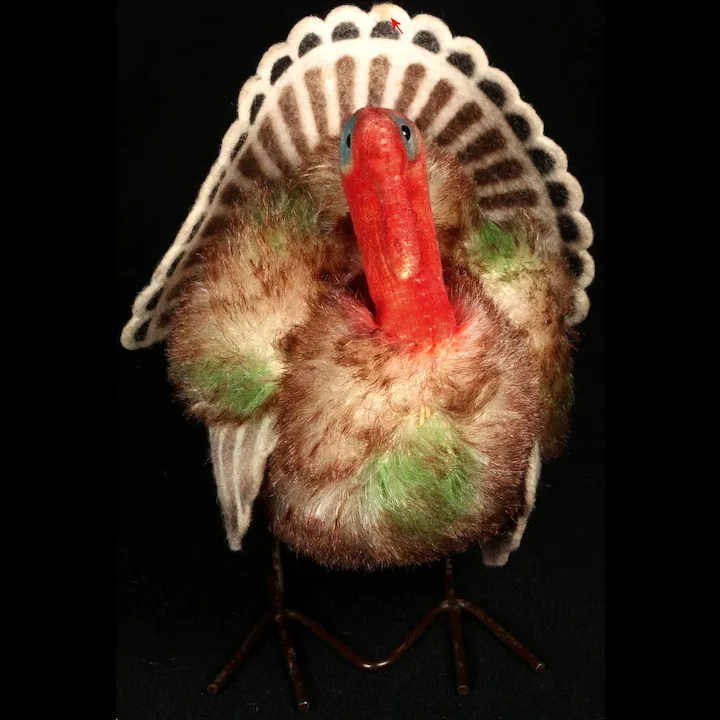


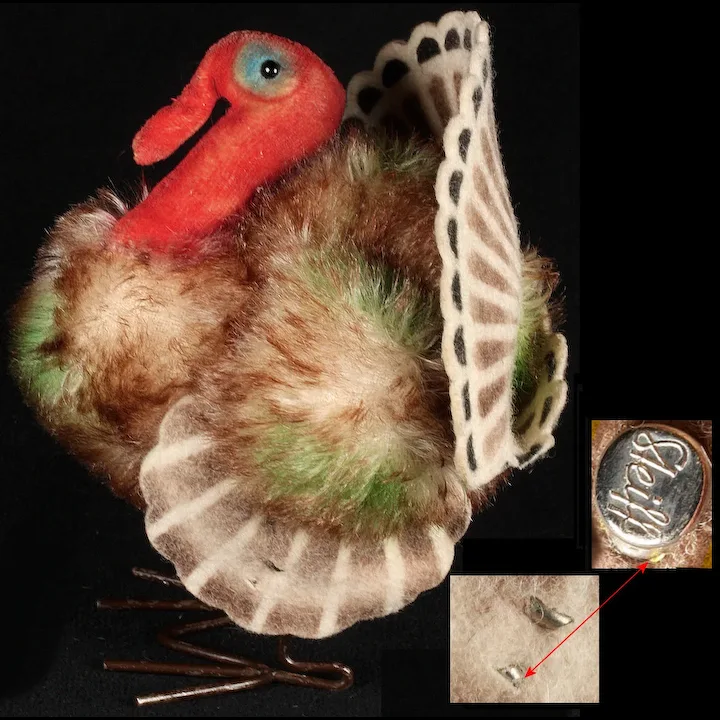



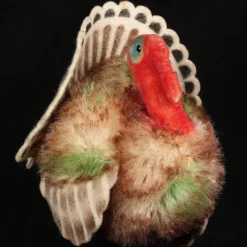

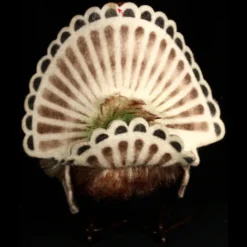
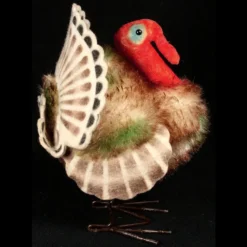


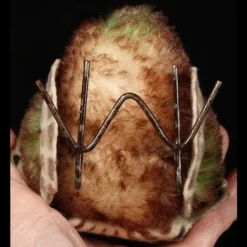

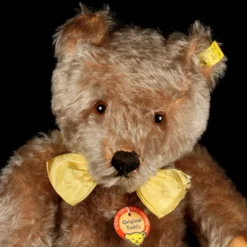


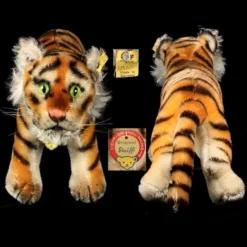

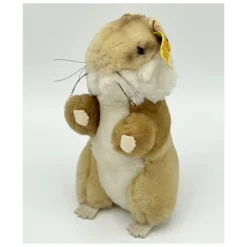


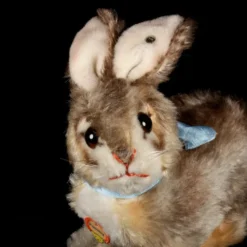



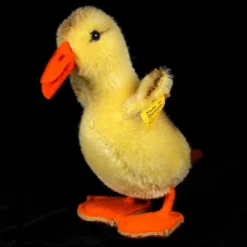
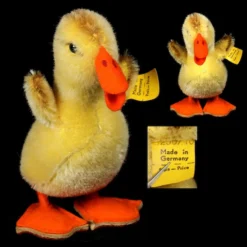
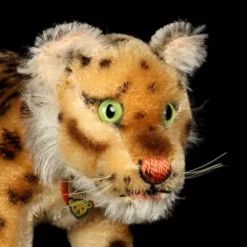

Reviews
There are no reviews yet.